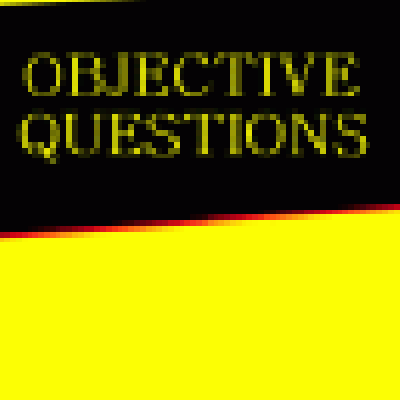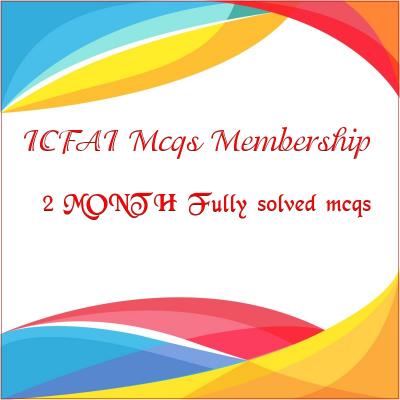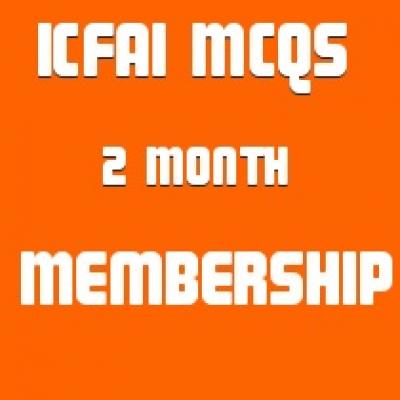INTERNATIONAL BUSINESS
Price:
Rs500
Case-5
AT THE RECEIVING END
Spread over 121 countries with 30,000 restaurants, and serving 46 million customers each day with the help of more than 400,000 employees, the reach of McDonald’s is amazing. It all started in 1948 when two brothers, Richard and Maurice ‘Mac’ McDonald, built several hamburger stands, with golden arches in southern California. One day a travelling salesman, Ray Kroc, came to sell milkshake mixers. The popularity of their $0.15 hamburgers impressed him, so he bought the world franchise rights from them and spread the golden arches around the globe.
McDonald’s depends on its overseas restaurants for revenue. In fact, 60 per cent of its revenues are generated outside of the United States. The key to the company’s success is its ability to standardize the formula of quality, service, cleanliness and value, and apply it everywhere.
The company, well known for its golden arches, is not the world’s largest company. Its system wide sales are only about one-fifth of Exxon Mobil or Wal-Mart stores. However, it owns one of the world’s best known brands, and the golden arches are familiar to more people than the Christian cross. This prominence, and its conquest of global markets, makes the company a focal point for inquiry and criticism.
McDonald’s is a frequent target of criticism by anti-globalization protesters. In France, a pipes moking sheep farmer named Jose Bove shot to fame by leading a campaign against the fast-food chain. McDonald’s is a symbol of American trade hegemony and economic globalization. Jose Bove organized fellow sheep farmers in France, and the group led by him drove tractors to the construction site of a new McDonald’s restaurant and ransacked it. Bove was jailed for 20 days, and almost overnight an international anti-globalization star was borne. Bove, who resembles the irrelevant French comic book hero Asterix, travelled to Seattle in 1999, as part of the French delegation to lead the protest against commercialization of food crops promoted by the WTO. Food, according to him, is too vital a part of life to be trusted to the vagaries of the world trade. In Seattle, he led a demonstration in which some ski- masked protestors trashed at McDonald’s. As Bove explained, his movement was for small farmers against industrial farming, brought about by globalization.
For them, McDonald’s was a symbol of globalization implying the standardization of food through industrial farming. If this was allowed to go on, he said, there would no longer be need for farmers. “For us,” he declared, “McDonald’s is a symbol of what WTO and the big companies want to do with the world.” lroncally, for all of Bove’s fulminations against McDonald’s, the fast food chain counts its French operations among its most profitable in 121 countries. As employer of about 35,000 workers, in 2006, McDonald’s was also one of France’s biggest foreign employers.
Bove’s and his followers are not the only critics of McDonald’s. Leftists, anarchists, nationalists, farmers, labor unions, environmentalists, consumer advocates, protectors of animal rights, religious orders and intellectuals are equally critical of the fast food chain. For these and others, McDonald’s represents an evil America. Within hours after US bombers began to pound Afghanistan in 2001, angry Pakistanis damaged McDonald’s restaurants in Islamabad and an Indonesian mob burned an American flag.
McDonald’s entered India in the late 1990s. On its entry, the company encountered a unique situation. Majority of the Indians did not eat beef but the company’s preparations contained cow’s meat. Nor could the company use pork as Muslims were against eating it. This left chicken and mutton. McDonald’s came out with ‘Maharaja Mac’, which is made from mutton and ‘McAloo Tikki Burger’ with chicken potato as the main input. Food items were segregated into vegetarian and non-vegetarian categories.
Though it worked for sometime, this arrangement did not last long. In 2001, three Indian businessmen settled in Seattle sued McDonald’s for fraudulently concealing the existence of beef in its French fries. The company admitted its guilt of mixing miniscule quantity of beef extract in the oil. The company settled the suit for $10 million and tendered an apology too. Further, the company pledged to label the ingredients of its food items, and to find a substitute for the beef extract used in its oil.
McDonald’s succeeded in spreading American culture in the East Asian countries. In Hong Kong and Taiwan, the company’s clean restrooms and kitchens set a new standard that elevated expectations throughout those countries. In Hong Kong, children’s birthdays had traditionally gone unrecognized, but McDonald’s introduced the practice of birthday parties in its restaurants, and now such parties have become popular among the public. A journalist set forth a ‘Golden Arches Theory of Conflict Prevention’ based on the notion that countries with McDonald’s restaurants do not go to war with each other. A British magazine, The Economist, prints an yearly ‘Big Mac Index’ that uses the price of a Big Mac in different foreign currencies to assess exchange rate distortions.
Questions:-
-
What lessons can other MNCs learn from the experience of McDonald’s?
-
Aware of the food habits of Indians, why did McDonald’s err in mixing beef extract in the oil used for fries?
-
How far has McDonald’s succeeded in strategizing and meeting local cultures and needs?
1. Case study solved answers
2. pdf/word
3. Fully Solved with answers







